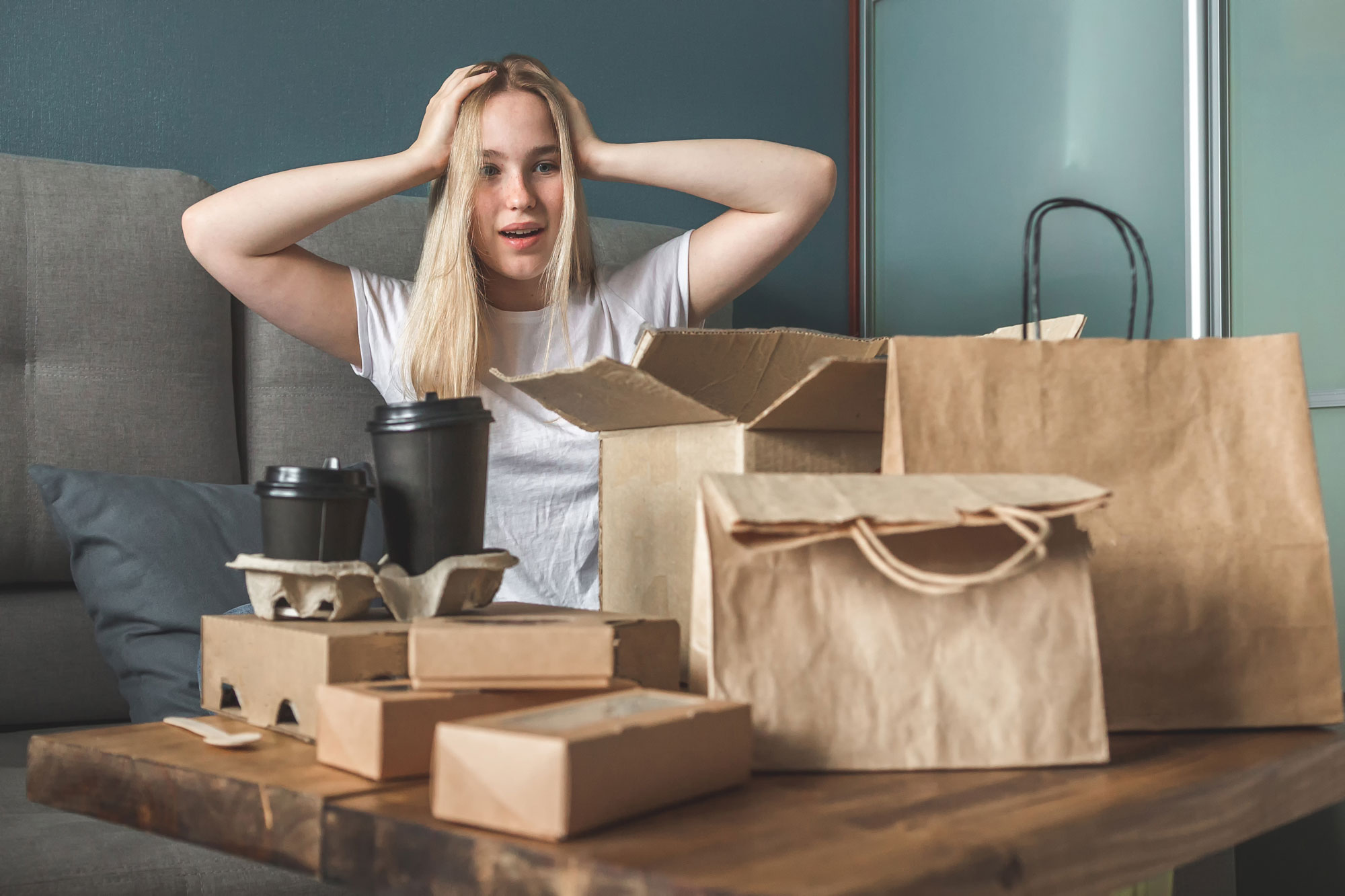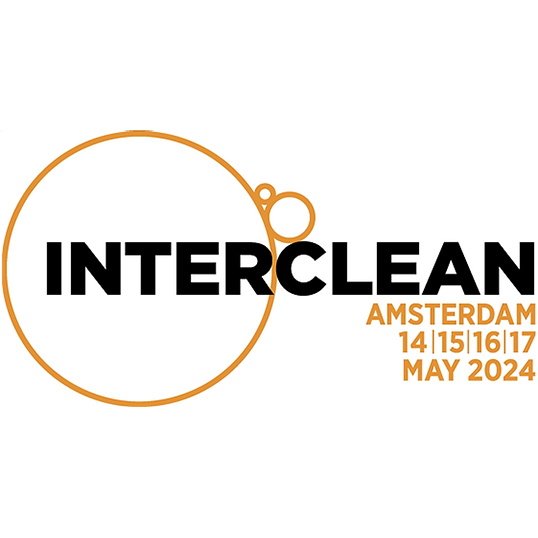
Foodservice packaging recycling moves to the home front
by Suzanne Howe Communications Senior Consultant Bill Bruce
September 2020 seems a very long time ago, and for those of us who watch the food-to-go market, that was when Lumina Intelligence issued its Food To Go Market Report 2020 Update, called: “Food To Go After Lockdown: Downturn and Recovery.”
Back then, I seem to recall an air of optimism, with people using phrases such as ‘the new normal’. A couple of weeks later we were in lockdown again, and – with probably the most unusual Christmas most of us would ever have experienced in between – few of us would have predicted that as I write, we are in lockdown once again.
The successful roll-out of the vaccination programme should eventually create a workable timeline for arriving at the much vaunted ‘new normal’, but for now I thought it would be interesting to look at what has really happened to the food-to-go sector, and in particular foodservice packaging, over the past year. Lumina Intelligence’s report last September predicted that the UK food to go market was set to shrink by 29% in 2020, taking it down to £15bn, but at the time, head of insight Blonnie Walsh said: “The food-to-go market is forecast to grow by over 40% in 2021, returning the market value to around the 2019 level.” After two further lockdowns, that prediction may need to be reviewed.
As things stand, the foodservice sector is limited to takeaway, click & collect, drive-thru and delivery only. Bringing the story up to date, three weeks ago, Just Eat Takeaway reported that UK delivery orders had surged by 400% in the fourth quarter of 2020 compared with the same period in 2019. According to the report, locked-down consumers across Europe ordered 57% more takeaways from the group in the final three months of 2020 than a year earlier.
People are now working from home, schools, pubs and non-essential shops are shut, and more and more packaging is ending up in people’s homes – a combination of packaging from online shopping and from food takeaway and delivery.
In October, as we entered Lockdown 2.0, the Local Government Association reported that the amount of household recycling collected had nearly doubled in some areas. Half of councils said they were collecting up to 20% more material for recycling than normal, with a third dealing with 50% more and some noting a 100% rise – around the levels usually experienced at Christmas.
Adapt, click, and collect
While many of the large established foodservice groups quickly adapted to new models, I am filled with admiration for the smaller independents – from coffee shops to pubs – which have successfully relaunched as takeaways. One of our foodservice packaging clients recently said: “Following the experience gained in previous lockdowns, many businesses were already prepared to make the move back to only offering takeaway and delivery. A large part of the foodservice industry has successfully adapted to new protocols and methods, and to enable them to operate efficiently and keep customers feeling safe, hygienic food packaging remains key.”
It is easy to see why practical, safe and hygienic packaging is key to the success of food-to-go in the current climate, but it is technology that is the enabler. The established food delivery giants Just Eat Takeaway, Deliveroo, Uber Eats and Grubhub pioneered app-based food delivery, but now even small family-owned and run operations are launching apps to enable click & collect and local delivery.
Sustainable solutions
One of the headaches for takeaways has always been educating consumers to dispose of packaging responsibly after they had enjoyed their meals. No company feels comfortable seeing ‘branded litter’ advertising its business in all the wrong ways!
Concerns about what happens to takeaway food packaging at the end of its life led to a focus on recycling and recyclability but also led to the boom in compostable and ‘biodegradable’ packaging. This raises other debates. Compostable packaging is compostable only where the appropriate facilities exist, and not at the end of your garden – although some genuinely ‘at-home-compostable’ packaging ranges are being launched. As to ‘biodegradable’, well all packaging and everything on the planet is biodegradable given enough time, so it’s not a phrase I like to use as it can mislead consumers.
With the inevitable current dominance of home-delivered or collected takeaway food, the environmental sustainability battleground has now moved into people’s homes. Here there is another challenge. While sorting and separating packaging waste in the home is a combination of specifying the correct packaging, plus consumer education, the next step is relying on local infrastructure which is so often inadequate.
Lack of time, lack of space and often a lack of understanding or engagement, coupled with inconsistent and often confusing local collection systems makes recycling properly at home difficult. But the packaging industry has already developed many practical and fully recyclable foodservice ranges, and continues to introduce more.
Foodservice packaging made from paper – and if you’re looking for the real deal in terms of sustainability, that should always and only be Forest Stewardship Council® (FSC®) certified paper – can be recycled with other paper and is probably the easiest of all materials to recycle at home.
The packaging industry has successfully replaced difficult to recycle polystyrene with recyclable polypropylene, and introduced packaging made from bagasse – a material that comes from abundant and renewable natural fibres. These materials can be recycled at home but need to go into the correct bins.
Many may think that as a result of the Coronavirus, the importance of environmental sustainability has slipped down the agenda. I don’t believe it has, but it has – for now – moved into people’s homes. There’s a clear opportunity for foodservice operators to ensure they use only packaging which can be properly recycled in a residential environment and use the fact that it can be printed to communicate how to recycle, directly to consumers.


